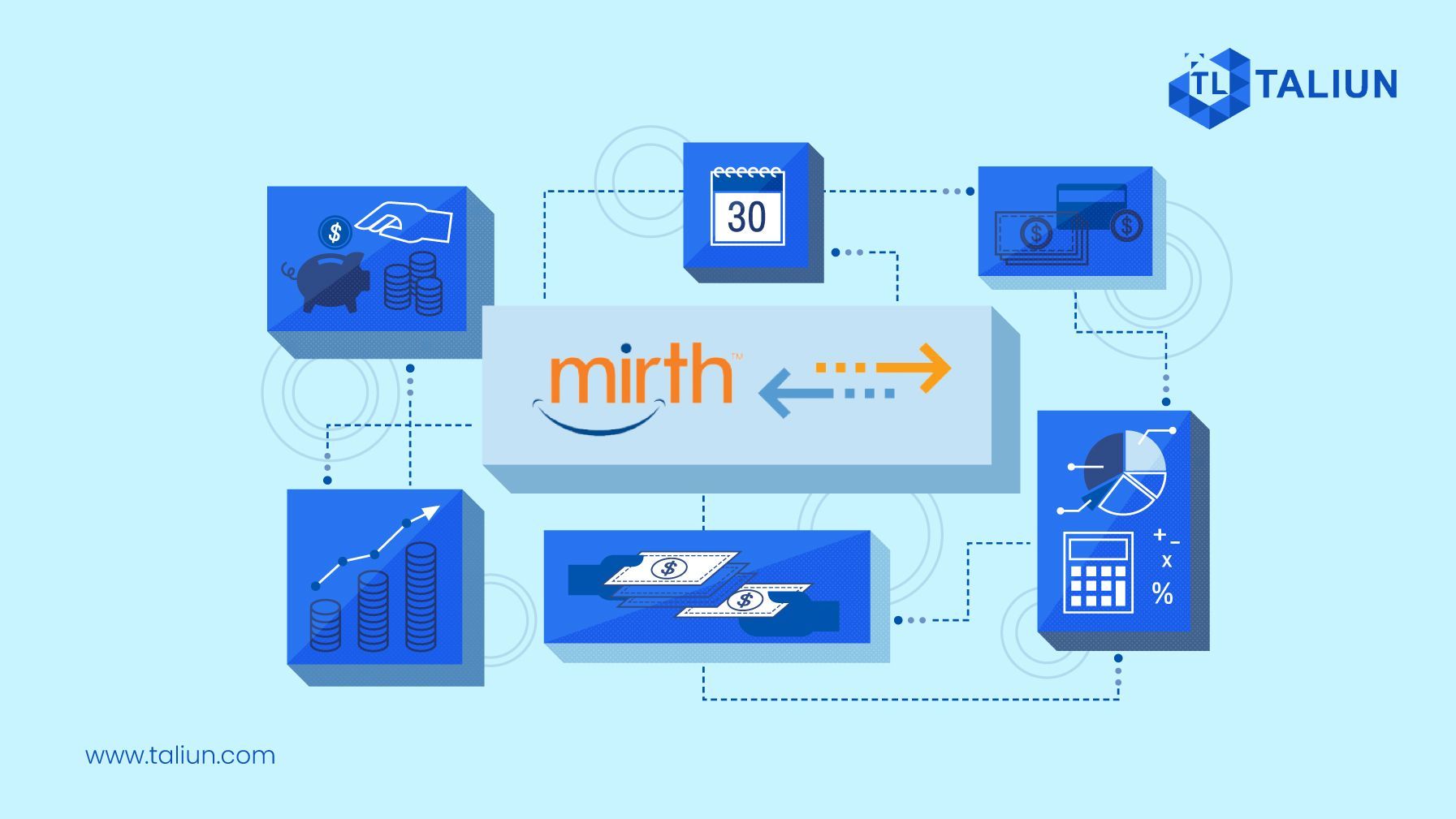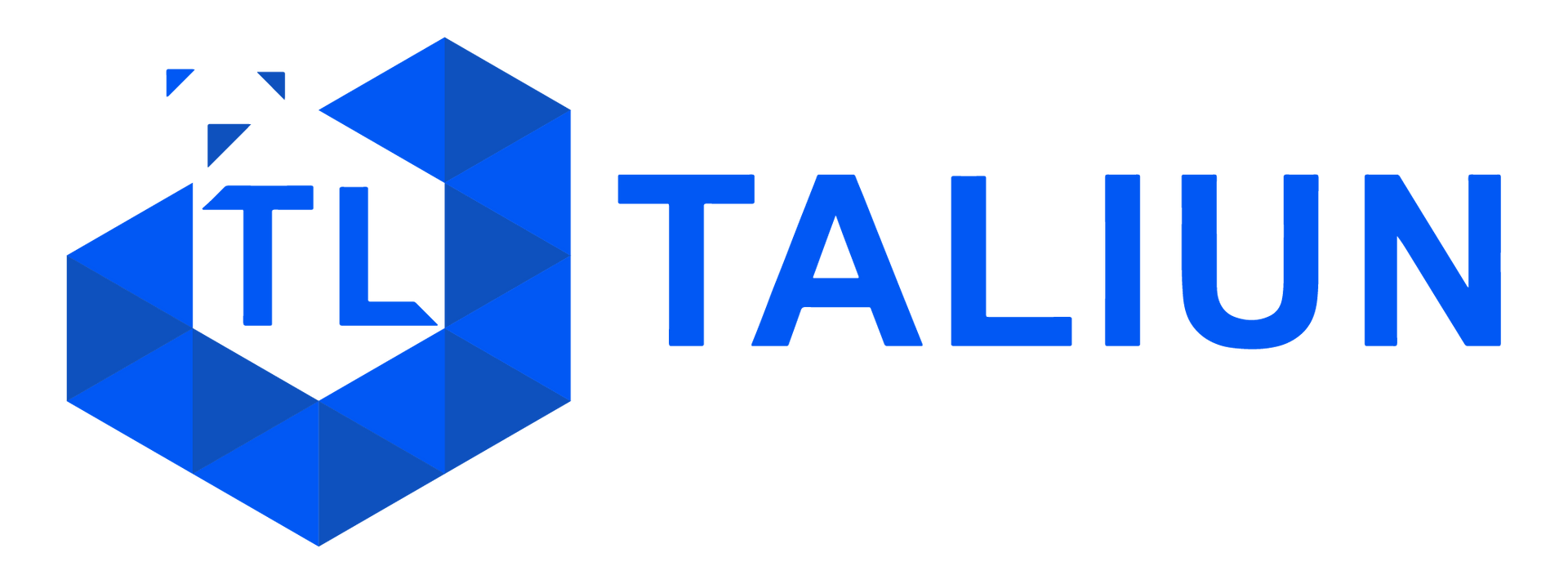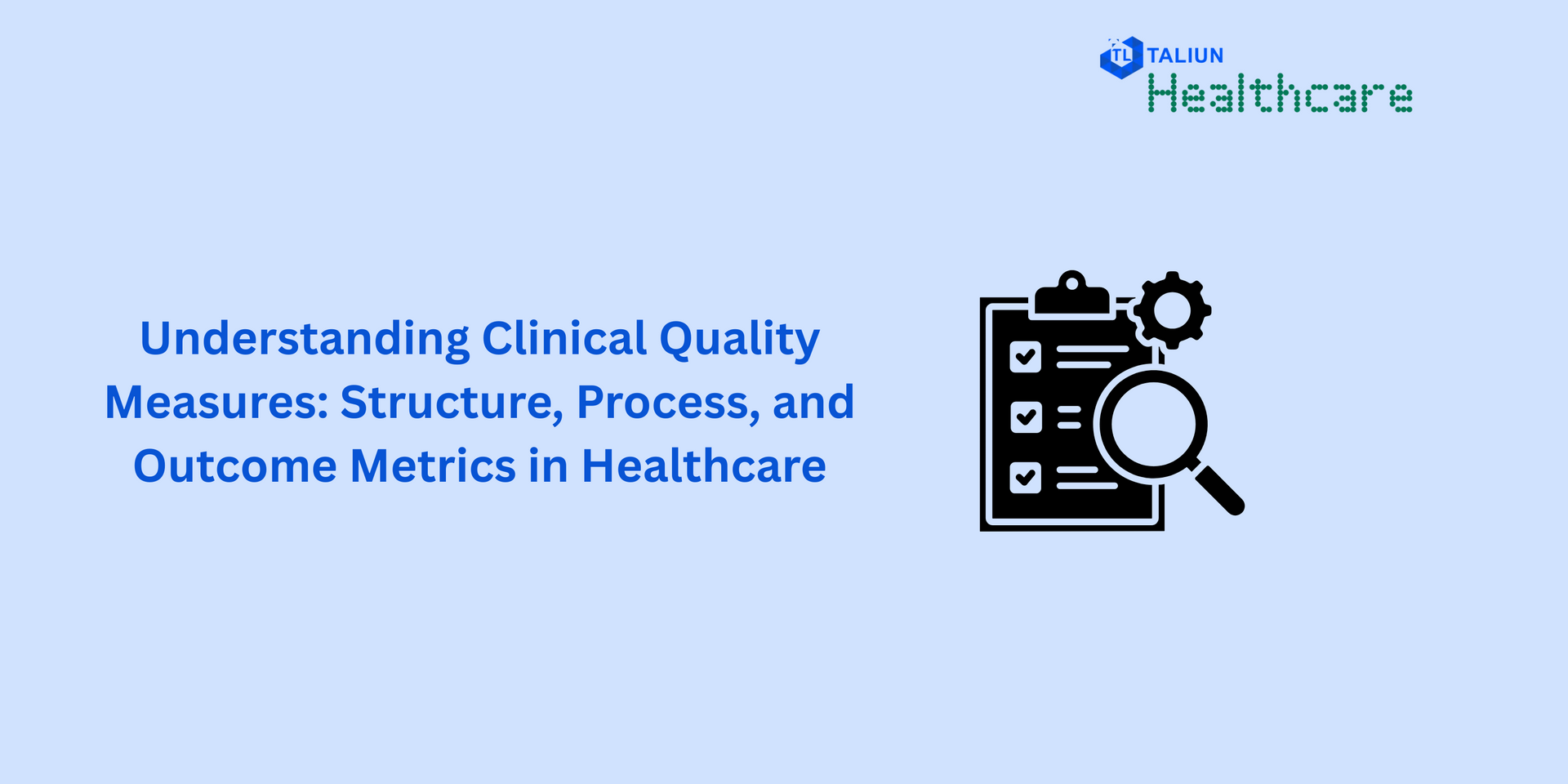Integrating Value Based Systems with Billing systems via Mirth Connect Integrations

Introduction CompMed billing system is a widely used software for medical billing that provides end-to-end solutions for managing the entire billing process. On the other hand, value-based systems are designed to improve the quality of care while reducing the overall cost of healthcare. Integrating a CompMed billing system with a value-based system can be challenging, but it can be achieved using Mirth Connect.
Mirth Connect is a cross-platform healthcare integration engine that provides tools for connecting healthcare systems and exchanging health information. Mirth Connect can be used to integrate different healthcare systems, including EMRs, EHRs, billing systems, and value-based systems. In this blog post, we'll discuss how Mirth Connect can be used to integrate a CompMed billing system with a value-based system.
Step 1: Identify the Integration Requirements The first step in integrating a CompMed billing system with a value-based system is to identify the integration requirements. This involves understanding the data that needs to be exchanged between the two systems and the workflow for exchanging this data. In general, the following types of data may need to be exchanged between the CompMed billing system and the value-based system:
- Patient demographics and clinical data
- Billing data, including CPT codes and ICD codes
- Payment and reimbursement data
- Quality metrics and outcomes data
Step 2: Design the Integration Workflow Once the integration requirements have been identified, the next step is to design the integration workflow. This involves determining how the data will be exchanged between the two systems and the format in which the data will be exchanged. Mirth Connect provides a visual interface for designing integration workflows, making it easy to create and manage complex integrations.
Step 3: Configure the Mirth Connect Integration Engine Once the integration workflow has been designed, the next step is to configure the Mirth Connect integration engine. This involves setting up the channels and connectors that will be used to exchange data between the CompMed billing system and the value-based system. Mirth Connect provides a range of connectors for integrating with different healthcare systems, including HL7, XML, and web services.
Step 4: Test the Integration Workflow After the Mirth Connect integration engine has been configured, the next step is to test the integration workflow. This involves sending test messages between the two systems to ensure that the data is being exchanged correctly. Mirth Connect provides a range of testing tools for validating messages, including message validation and error tracking.
Step 5: Deploy the Integration Workflow Once the integration workflow has been tested, the final step is to deploy the integration workflow. This involves deploying the Mirth Connect integration engine in a production environment and monitoring the integration to ensure that it is running smoothly. Mirth Connect provides a range of monitoring tools for tracking message traffic, performance, and errors.
Conclusion Integrating a CompMed billing system with a value-based system can be a complex process, but it can be achieved using Mirth Connect. By following the steps outlined in this blog post, you can design and deploy an integration workflow that meets your organization's needs and supports improved patient care and reduced costs.
Exchanging Claims Files In addition to patient demographics and clinical data, billing data is a critical component of the integration between a CompMed billing system and a value-based system. Claims files containing information about the services provided to patients and the associated billing codes (CPT and ICD codes) are an essential part of the billing process.
To exchange claims files between the two systems, Mirth Connect can be configured to use industry-standard formats such as EDI (Electronic Data Interchange) or X12. These formats are widely used in the healthcare industry for exchanging claims and payment information.
To configure Mirth Connect to exchange claims files, the following steps can be taken:
Step 1: Define the Claims File Format The first step is to define the format of the claims files that will be exchanged between the two systems. This involves identifying the fields that are required in the claims file, such as patient demographics, dates of service, and billing codes. Once the fields have been identified, the format can be defined using EDI or X12 standards.
Step 2: Create a Channel in Mirth Connect Once the claims file format has been defined, a channel can be created in Mirth Connect to manage the exchange of claims files. The channel can be configured to receive claims files from the CompMed billing system, transform them into the required format, and send them to the value-based system. The channel can also be configured to receive payment and reimbursement information from the value-based system and send it back to the CompMed billing system.
Step 3: Configure Connectors for Receiving and Sending Claims Files Mirth Connect provides a range of connectors for receiving and sending claims files. These connectors can be configured to receive claims files in different formats, such as CSV or XML, and transform them into the required EDI or X12 format. The connectors can also be configured to send claims files to the value-based system and receive payment and reimbursement information back.
Step 4: Test the Claims File Exchange After the connectors have been configured, the claims file exchange can be tested to ensure that the files are being exchanged correctly. This involves sending test claims files between the two systems and validating that they are being transformed into the required format and sent to the value-based system. The exchange can also be tested for receiving payment and reimbursement information back from the value-based system.
Step 5: Deploy the Claims File Exchange Once the claims file exchange has been tested successfully, it can be deployed in a production environment. The channel and connectors can be deployed on a server or in the cloud and monitored for message traffic, performance, and errors. Mirth Connect provides a range of monitoring tools for tracking message traffic and performance, as well as alerting administrators of any errors or issues.
Conclusion Exchanging claims files is a critical part of integrating a CompMed billing system with a value-based system. Using Mirth Connect, claims files can be exchanged between the two systems in a standardized format, such as EDI or X12, making the process efficient and accurate. By following the steps outlined in this blog post, you can design and deploy an integration workflow that includes claims file exchange, which can improve the accuracy and efficiency of the billing process while supporting improved patient care and reduced costs.
Follow us on LinkedIn for latest updates.




